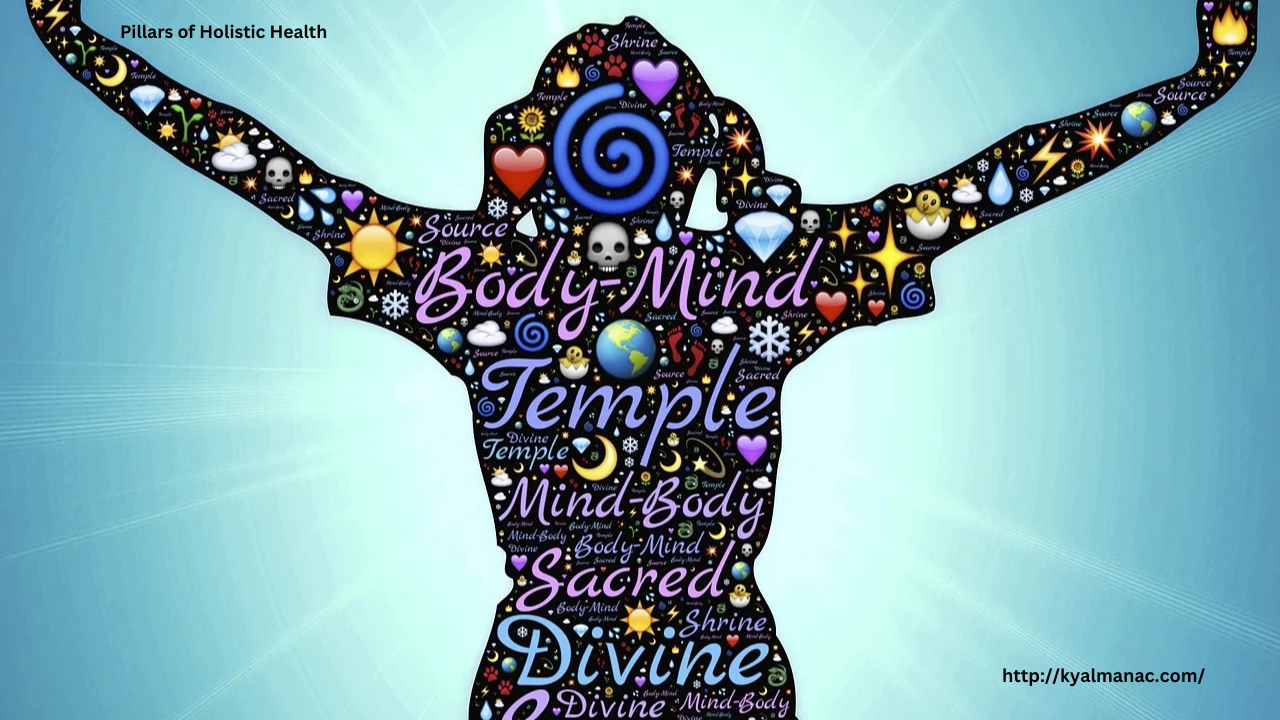 Traveling can be an exciting adventure, but it often comes with challenges when it comes to maintaining a healthy lifestyle. From irregular sleep patterns and unhealthy eating options to a lack of physical activity, staying fit and energized on the go can feel difficult. However, with a little planning and the right strategies, it’s entirely possible to stay healthy while exploring new destinations. Whether you’re traveling for business, leisure, or both, here are some essential tips for staying fit and energized while on the move.
Traveling can be an exciting adventure, but it often comes with challenges when it comes to maintaining a healthy lifestyle. From irregular sleep patterns and unhealthy eating options to a lack of physical activity, staying fit and energized on the go can feel difficult. However, with a little planning and the right strategies, it’s entirely possible to stay healthy while exploring new destinations. Whether you’re traveling for business, leisure, or both, here are some essential tips for staying fit and energized while on the move.
1. Plan Your Meals and Snacks
One of the most significant challenges for health-conscious travelers is maintaining a balanced diet. Airports, train stations, and road stops are often filled with fast food options, which are tempting but not the best for your body.
Smart Snacking
Prepare by packing healthy snacks that are easy to carry, such as:
-
Nuts and seeds – Rich in healthy fats, protein, and fiber.
-
Fresh fruit – Apples, bananas, or berries are portable and nutrient-dense.
-
Protein bars – Opt for ones with low sugar and natural ingredients.
-
Vegetable chips or hummus – If you have a little more time, these are great for a savory, healthy snack.
Healthy Meals
If possible, research local eateries that offer nutritious, whole-food options. Apps like Yelp or Google Maps often have filters to search for healthy restaurants, and many airports now have healthier food courts with smoothie bars, salads, and lean protein choices. Additionally, consider bringing a portable meal prep option like a salad with quinoa or a wrap filled with vegetables and lean proteins.
2. Stay Active Throughout the Day
Long flights, train rides, and car journeys can leave you feeling stiff and lethargic. However, staying active is key to boosting your energy and maintaining physical fitness while traveling.
Take Advantage of Layovers
Use layovers as an opportunity to move. If your layover is long enough, take a brisk walk around the airport or even find a nearby hotel gym. If you have limited time, do a quick stretch or walk around the terminal to get your blood flowing.
Pack Travel-Friendly Exercise Gear
Resistance bands, a yoga mat, or a jump rope can easily fit into your luggage. Doing a 10-20 minute bodyweight workout (like squats, lunges, and push-ups) in your hotel room or a nearby park can keep your muscles active and boost your metabolism.
Explore on Foot
Walking tours or exploring on foot not only helps you discover a new place but also provides a great cardiovascular workout. Many cities offer free walking tours that are both informative and physical.
3. Prioritize Sleep and Hydration
Traveling, especially across time zones, can disrupt your sleep schedule. A lack of sleep can make you feel sluggish, irritable, and lower your immune defenses.
Sleep Hygiene
Ensure you prioritize sleep by creating a bedtime routine, even if you’re in a new location. If you’re flying long distances, try to adjust your sleep schedule to the local time zone a few days before departure. A sleep mask, earplugs, and essential oils like lavender can help you sleep better on planes or in noisy hotels.
Stay Hydrated
Dehydration can easily sneak up on travelers, especially with the dry air on airplanes. Carry a refillable water bottle and aim to drink at least 8-10 glasses of water daily. Avoid overconsumption of caffeine and alcohol, as these can dehydrate the body.
4. Mind Your Mental Health
Mental well-being is just as important as physical health. Travel can sometimes be stressful, especially with tight schedules, language barriers, or navigating unfamiliar places. To keep your mind energized and stress-free, practice mindfulness and relaxation techniques.
-
Mindfulness and Meditation: Dedicate 5-10 minutes a day to mindfulness, deep breathing, or guided meditation. This can help reduce stress, improve focus, and keep you calm during hectic travel situations.
-
Gratitude Practice: Traveling offers unique experiences. Take a moment each day to reflect on things you’re grateful for, whether it’s the beauty of a new place or a moment of peace in your day.
Conclusion
Staying fit and energized while traveling doesn’t have to be a challenge. With a little forethought, you can maintain your physical health, energy levels, and mental clarity no matter where your journey takes you. By planning your meals, staying active, hydrating, prioritizing sleep, and focusing on mental wellness, you can ensure that you arrive at your next destination feeling refreshed, healthy, and ready to explore.








